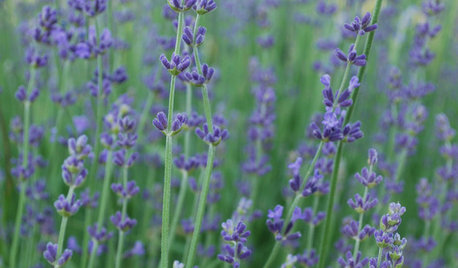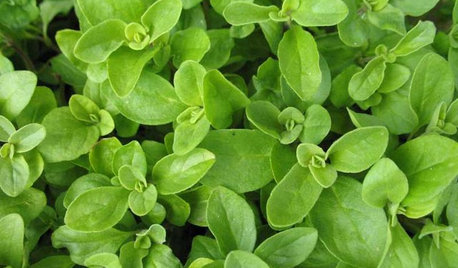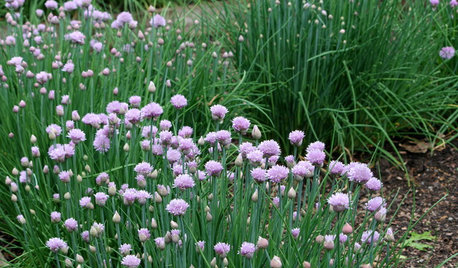Lemon Thyme - How To Grow As A Perennial?
gardenathome
13 years ago
Related Stories

EDIBLE GARDENSHerb Garden Essentials: How to Grow Thyme
Common thyme and its flavorful cousins are anything but ordinary in the garden
Full Story
SUMMER GARDENINGHow to Grow Basil
Bright color, quick growth and endless uses for cooking make this summer annual a winner in the garden or a pot
Full Story
EDIBLE GARDENSHow to Grow Your Own Cocktail Garden
Conceivably, anything edible could find its way into a cocktail. Why not make the route rather short?
Full Story
EDIBLE GARDENSHerb Garden Essentials: Grow Your Own Oregano and Marjoram
Say 'buon giorno' to classic Italian herbs you can grow just as easily in pots as in the summer garden
Full Story
GARDENING GUIDESHerb Garden Essentials: Grow Your Own Delicious Mint
Pull out a pot for this one. Mint's spreading habit and hard-to-kill nature can be a blessing — if you're properly prepared
Full Story
GARDENING GUIDESYes, You Can Grow an Edible Garden on a Hot, Dry Site
Difficult garden spots don’t need to deter you from planting trees, herbs and other delicious food plants
Full Story
FARM YOUR YARDTo Get the Food They Believe In, These Urbanites Grow Their Own
Home gardeners farming on their city lots find that local, organic food isn’t the only reward
Full Story
GARDENING GUIDESTop 12 Summer-Blooming Perennials for Deer-Resistant Drama
Can you have garden color, fragrance and exciting foliage with hungry deer afoot? These beauties say yes
Full Story
HERBSHerb Garden Essentials: How to Grow Chives
This decorative and delicately flavored herb from the onion family is easy to grow indoors and out
Full Story
FARM YOUR YARDHow to Grow Vegetables in Containers
Get glorious vegetables and fruits on your patio with a pro’s guidance — including his personal recipe for potting mix
Full StoryMore Discussions










Daisyduckworth
gardenathomeOriginal Author
Related Professionals
West Milford Landscape Architects & Landscape Designers · Allentown Landscape Architects & Landscape Designers · Chattanooga Landscape Architects & Landscape Designers · Simi Valley Landscape Architects & Landscape Designers · Frisco Landscape Contractors · Alpharetta Landscape Contractors · Fort Payne Landscape Contractors · Palm Beach Gardens Landscape Contractors · Paramount Landscape Contractors · Snoqualmie Landscape Contractors · West Allis Landscape Contractors · Cincinnati Roofing & Gutters · Murfreesboro Roofing & Gutters · The Colony Roofing & Gutters · Black Forest Roofing & GuttersDaisyduckworth
gardenathomeOriginal Author